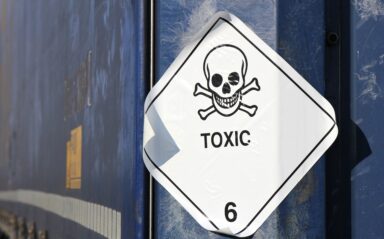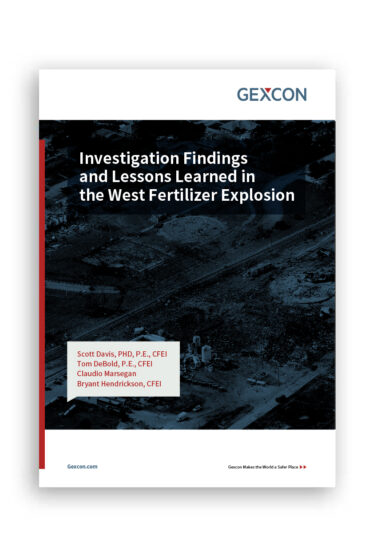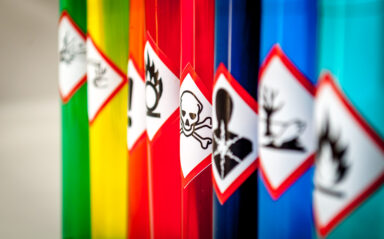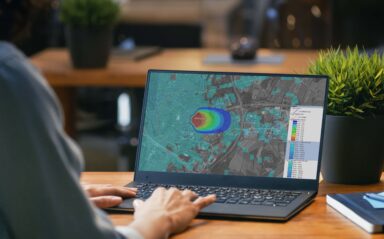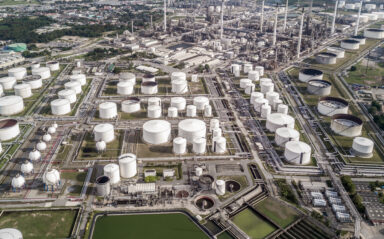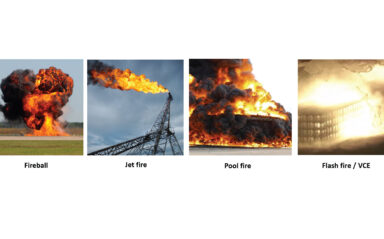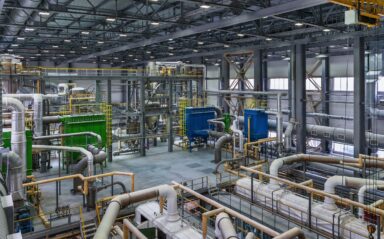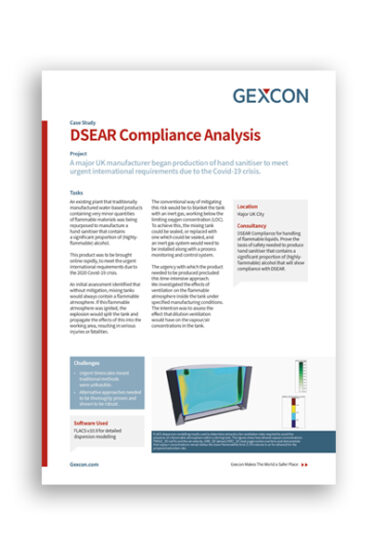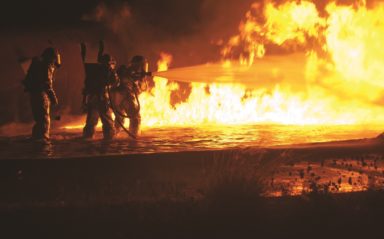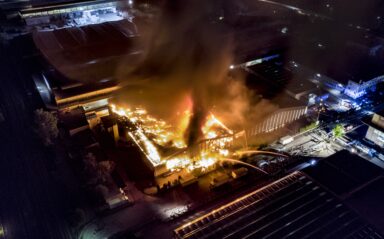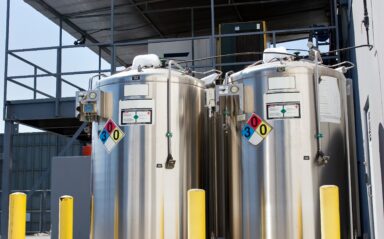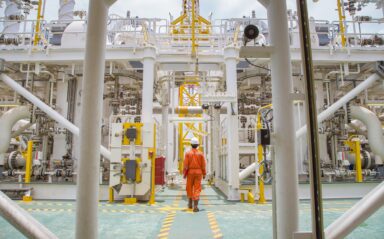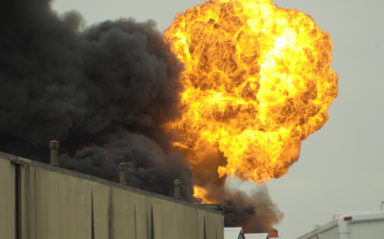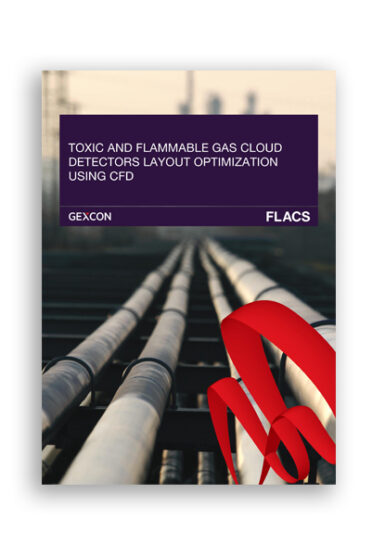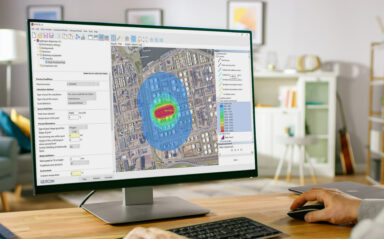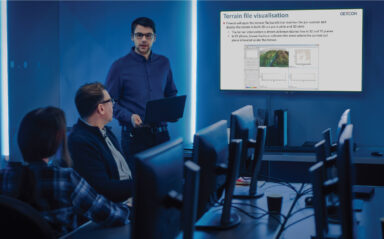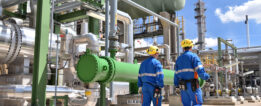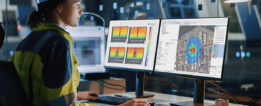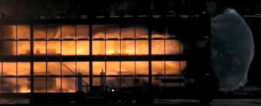Gexcon has years of experience in understanding and analysing the risks associated with the use of hazardous materials in the petrochemical and chemical industry. We have experts in accidental releases, fires and explosions, who have the expertise in utilising advanced risk assessment and consequence modelling tools. Because of this, we can continually provide significant value to risk and hazard assessments.
As leading consultants in process safety and risk management, we aim to increase awareness and understanding of process safety at our clients’ facilities and help them mitigate the risks of potential accidents. We also strive to provide practical recommendations to achieve feasible solutions to manage process risk and ensure compliance with the relevant regulations.
We have experience in performing safety assessments for various petrochemical and chemical facilities/ processes, including but not limited to:
- Fertiliser (e.g. ammonium nitrate through the Haber-Bosch process)
- Organic pigments
- Dyes and inks
- Aromatics
- Synthesis gases
- Hydrocarbons
- Alcohols and solvents

